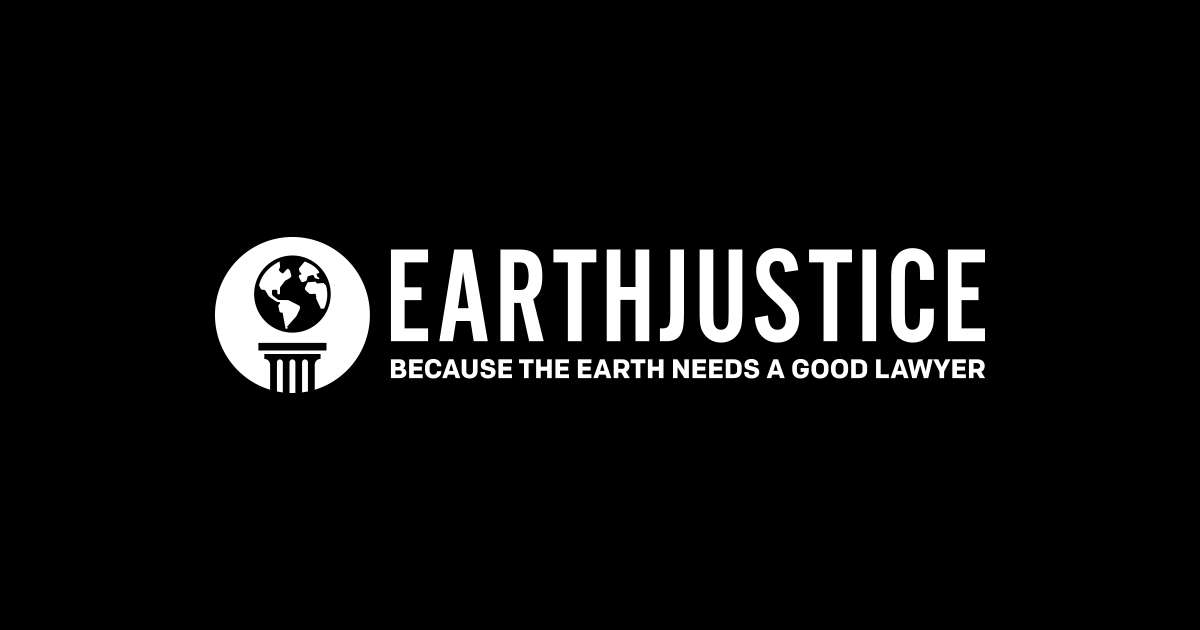Environmental Groups Sue EPA to Limit Cancerous Air Pollution from Chemical Manufacturing Plants
Environmental Groups Sue EPA to Limit Cancerous Air Pollution ... Earthjustice


Environmental and Health Advocates File Lawsuit Against EPA for Failure to Review Air Toxics Standards
Washington, D.C.

Environmental and health advocates today filed a lawsuit against the Environmental Protection Agency (EPA), holding the agency accountable for its duty to review air toxics standards for manufacturers producing polyether polyols, chemical products used in consumer and commercial products.
The EPA last updated the standards for polyether polyol facilities in 2014. These outdated standards fail to adequately protect communities, allowing facilities to emit unacceptable levels of carcinogenic air pollution, such as ethylene oxide. In 2016, just two years after the current polyether polyol standards were passed, the EPA classified ethylene oxide as a carcinogen with a cancer risk almost 60 times greater. Despite this classification, the agency has not revisited the polyether polyols air toxics standards to ensure they adequately protect human health considering this significantly higher risk.
“Given that the EPA is aware of the cancer risks associated with ethylene oxide, the agency must reconsider emission limits for polyether polyol producers and prevent further harm to fenceline communities,” said Earthjustice Attorney Adrienne Lee. “We are taking this matter to court on behalf of impacted individuals and communities to ensure that the EPA promptly addresses this critical issue.”
Polyether polyols are chemicals used in the production of various consumer products, such as lubricants, adhesives, sealants, cosmetics, soaps, and feedstock. The production of these chemicals releases toxic air pollutants, including ethylene oxide, propylene oxide, hexane, and toluene. Some of these pollutants can cause cancer when inhaled, while all of them have toxic effects following exposure.
Sustainable Development Goals (SDGs) Addressed:
- Goal 3: Good Health and Well-being
- Goal 11: Sustainable Cities and Communities
- Goal 12: Responsible Consumption and Production
- Goal 13: Climate Action
- Goal 15: Life on Land
There are approximately two dozen polyether polyol facilities in the United States, with the majority concentrated in Louisiana, Texas, and West Virginia. Texas and Louisiana are ranked as states with some of the worst air pollution rates. West Virginia’s “Chemical Valley,” where most of the state’s polyether polyols facilities are located, has a long history of disproportionate toxic emissions and health impacts on communities of color, including the sprawling and notorious Institute facility located in one of only two majority-Black communities in the state.
The people living in communities surrounding these facilities are the most affected by their toxic emissions. As concluded by the EPA in 2016, ethylene oxide is a known carcinogen to humans, especially when inhaled, with a cancer risk 60 times greater than previously estimated. Long-term exposure to ethylene oxide also causes damage to the brain and reproductive system.
Many of these facilities are situated in or adjacent to majority-Black or Brown neighborhoods. For instance, at least five polyether polyols facilities are clustered in Louisiana’s Cancer Alley, an 85-mile stretch along the Mississippi River that contains over 200 petrochemical plants. Additionally, five polyether polyols facilities are located in the Houston Ship Channel, which has the largest concentration of petrochemical facilities in the country.
Groups Seek Court-Ordered Review of Air Toxics Standards
The groups filing today’s lawsuit are seeking a court-ordered schedule for the EPA’s overdue review of the air toxics standards for polyether polyols facilities. During this review, the EPA should follow the recommendation of the EPA’s Inspector General to conduct a new residual risk review, taking into account the significantly higher cancer risk associated with the facilities’ ethylene oxide emissions. The EPA must also eliminate the standards’ unlawful emissions loophole for malfunctions and establish stringent limits for all uncontrolled and under-controlled emissions points.
SDGs, Targets, and Indicators
| SDGs | Targets | Indicators |
|---|---|---|
| SDG 3: Good Health and Well-being | Target 3.9: By 2030, substantially reduce the number of deaths and illnesses from hazardous chemicals and air, water, and soil pollution and contamination. | – Mention of carcinogenic air pollution, like ethylene oxide, which can cause cancer when inhaled. – Reference to the need for emission limits to prevent harm to communities. – Long-term exposure to ethylene oxide causes damage to the brain and reproductive system. |
| SDG 11: Sustainable Cities and Communities | Target 11.6: By 2030, reduce the adverse per capita environmental impact of cities, including by paying special attention to air quality and municipal and other waste management. | – Mention of polyether polyol facilities located in areas with high air pollution rates. – Reference to the disproportionate toxic emissions and health impacts on communities of color. – Emphasis on the need for stringent limits for all uncontrolled and under-controlled emissions points. |
| SDG 13: Climate Action | Target 13.2: Integrate climate change measures into national policies, strategies, and planning. | – Chemical production releases toxic air pollutants contributing to climate change. – Need for the EPA to review air toxics standards to address the issue. |
Behold! This splendid article springs forth from the wellspring of knowledge, shaped by a wondrous proprietary AI technology that delved into a vast ocean of data, illuminating the path towards the Sustainable Development Goals. Remember that all rights are reserved by SDG Investors LLC, empowering us to champion progress together.
Source: earthjustice.org

Join us, as fellow seekers of change, on a transformative journey at https://sdgtalks.ai/welcome, where you can become a member and actively contribute to shaping a brighter future.







